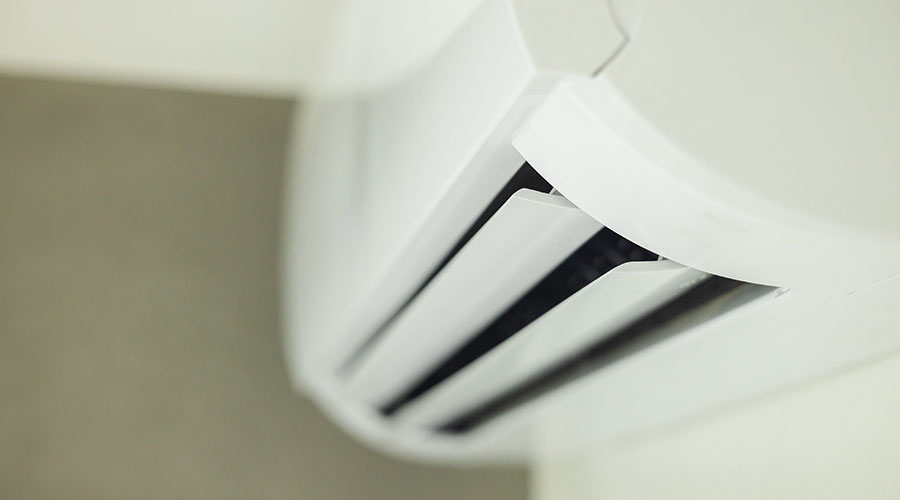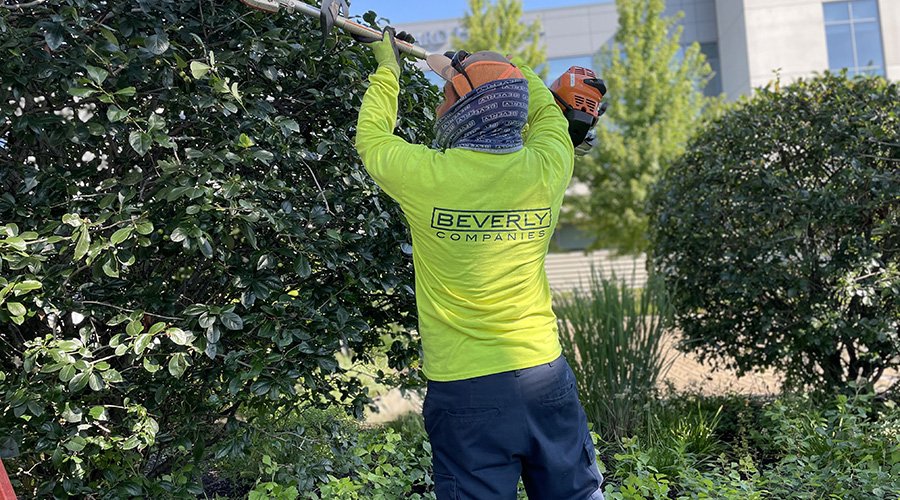Technology Advances Streamline Grounds Care Tasks
Hour meters have become extremely useful tools in grounds management for getting the most out of mowing equipment. The devices are fixed to a unit's engine and track the number of hours operators use the machine. This technology enables mechanics to schedule and perform preventive maintenance on a regular basis, which extends the performance life of the machine.
A more sophisticated version of the hour meter is on-board GPS capability, which also has gained popularity among landscape professionals. This technology not only tracks hours. It also can monitor equipment-maintenance schedules for multiple machines at one time.
The GPS units can transmit and retrieve data from a remote location. Using the system, a manager does not have to rely on operators to report equipment use and maintenance needs. These units also can send a report detailing maintenance requirements, making the scheduling process almost fool-proof.
Powered hand tools
GPS-equipped mowers are proof of the technology advances that are helping bring greater efficiency and productivity to grounds care operations. Certain grounds care tasks, such as reporting maintenance requirements via a GPS, have been affected by technology advances, while others have seen minimal changes.
Consider the task of maintaining shrubbery with hedge shears, which were one of the first hand-powered tools to arrive on the market years ago. Unlike advances related to fuel and scheduling preventive maintenance for grounds equipment, hedge shears have undergone minimal changes in design and use since their debut.
Conversely, nylon string trimmers and augers — which, like hedge shears, can be considered older technology in comparison to something like GPS — have changed dramatically over the past 15 years. These trimmers started out as bulky and somewhat clumsy but now are ergonomically designed and very lightweight.
Additionally, hand-held augers have advanced from being entirely manual and labor intensive to today's models, which are power-assisted and much easier to use. Now, digging a hole for a small tree with a power tool takes a fraction of the time it used to manually.
Personal protective equipment (PPE) remains an essential component of equipment operation, whether the equipment in question is a large commercial mower or a powered hand tool. Managers must consider liability issues, and operators must take public safety into account when using landscaping equipment. Training requirements for equipment use have tightened, particularly where pedestrian traffic is frequent, to prevent injuries during equipment operation.
It is prudent — and more importantly, it's the law — to require operators using power equipment to wear the appropriate PPE. Managers should mandate protective gear for employees' eyes, hands and ears when operating heavy equipment.
Bruce T. Moore Sr., CCLP, is president of Eastern Land Management in Stamford, Conn. The full-service commercial landscape, irrigation, snow, and ice management company manages accounts for hospitals, corporations, schools, retail outlets and municipalities.
Related Topics:













